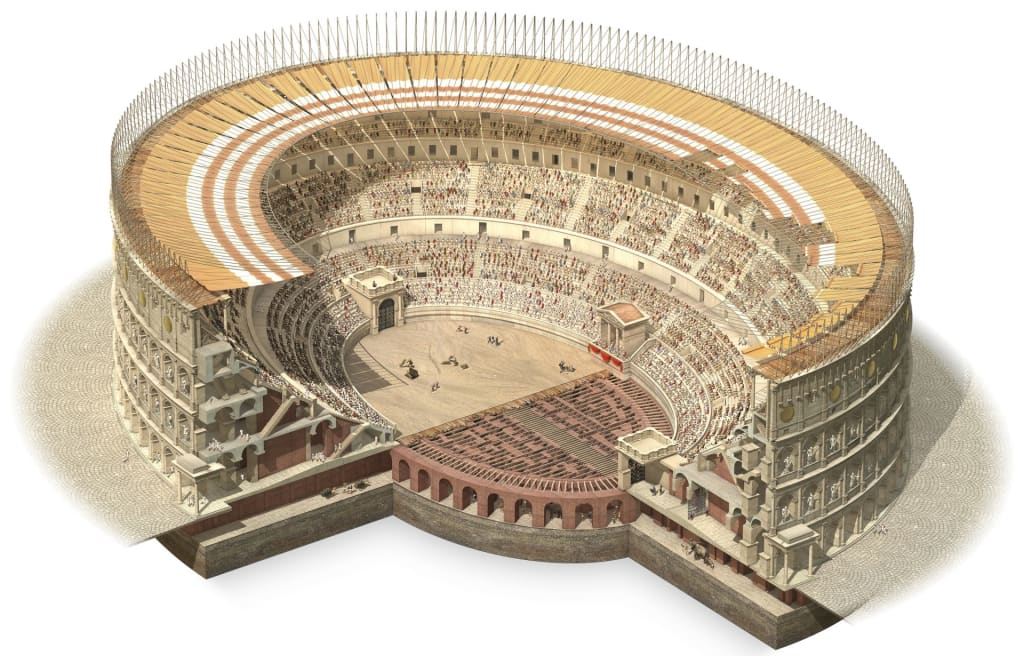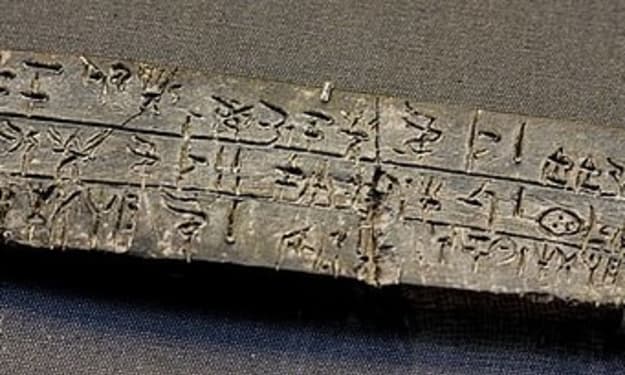The Roman Colosseum: An Icon of Ancient Engineering and Entertainment
History

The Roman Colosseum, also known as the Flavian Amphitheatre, is one of the most iconic and well-preserved monuments of ancient Rome. This grand structure, built in the heart of Rome, stands as a testament to the architectural prowess, engineering skills, and cultural dynamics of the Roman Empire. This article delves into the origins, design, uses, and enduring legacy of the Roman Colosseum.
Origins and Historical Context
The construction of the Roman Colosseum began under Emperor Vespasian around 70-72 CE and was completed in 80 CE by his son, Emperor Titus. The project was part of the Flavian dynasty's efforts to restore Rome after the tumultuous year of the four emperors and to legitimize their rule. Built on the site of Nero's Golden House, the Colosseum symbolized the return of the city to the people and the Flavian commitment to public welfare and entertainment.
Architectural Design and Construction
The Colosseum's design and construction are marvels of ancient engineering, incorporating several advanced techniques and materials:
- Structure and Dimensions: The Colosseum is an elliptical amphitheater measuring 189 meters (620 feet) long, 156 meters (512 feet) wide, and 48 meters (157 feet) high. It could accommodate between 50,000 and 80,000 spectators.
- Materials: The structure was primarily built of concrete and stone, including travertine limestone for the main pillars, tuff (volcanic rock) for the walls, and brick-faced concrete for the vaults.
- Architectural Orders: The exterior facade is divided into four levels, each adorned with a different architectural order: the first three levels feature Doric, Ionic, and Corinthian columns, while the fourth level is decorated with Corinthian pilasters.
- Entrances and Seating: The Colosseum had 80 entrances, allowing for efficient crowd movement. The seating was arranged hierarchically, with the best seats reserved for the elite and the upper tiers for the common citizens and slaves.
- Hypogeum: Beneath the arena floor was the hypogeum, a complex network of tunnels and chambers used to house gladiators, animals, and equipment. This underground area featured elevators and trapdoors for dramatic appearances.
Uses and Spectacles
The Roman Colosseum was primarily used for gladiatorial contests and public spectacles, which were central to Roman culture and entertainment:
- Gladiatorial Games: The most famous events held at the Colosseum were the gladiatorial games, where trained fighters, often slaves or prisoners of war, battled each other or wild animals. These contests were not only popular entertainment but also a means of displaying the power and generosity of the emperors.
- Animal Hunts (Venationes): The Colosseum hosted venationes, where exotic animals from across the empire were hunted and killed. These spectacles showcased Rome's dominance over nature and distant lands.
- Mock Naval Battles (Naumachiae): On occasion, the arena was flooded to stage mock naval battles, demonstrating Roman engineering skills and providing a unique form of entertainment.
- Public Executions: The Colosseum also served as a venue for public executions, where condemned criminals were subjected to various forms of capital punishment.
Historical Significance and Decline
The Colosseum remained in active use for about 400 years, witnessing the peak and decline of Roman power. After the fall of the Western Roman Empire, the Colosseum experienced a period of neglect and damage due to natural disasters and stone robbing.
Despite this, it remained a significant symbol of Rome and was repurposed over the centuries for various uses, including housing, workshops, and a Christian shrine. The efforts to preserve and restore the Colosseum began in the 18th century, reflecting its enduring cultural and historical importance.
Legacy and Influence
The Roman Colosseum has left a lasting legacy, influencing architecture, culture, and popular imagination:
- Architectural Influence: The design and engineering principles of the Colosseum have inspired modern stadiums and arenas around the world. Its use of arches, vaults, and the hierarchical seating arrangement are emulated in contemporary structures.
- Cultural Symbol: The Colosseum is a symbol of ancient Rome and its architectural ingenuity. It represents the grandeur and brutality of Roman entertainment and the empire's social and political dynamics.
- Tourist Attraction: Today, the Colosseum is one of the most visited tourist sites in the world, attracting millions of visitors annually. It stands as a UNESCO World Heritage site and a testament to Roman history and culture.
Conclusion
The Roman Colosseum remains a remarkable feat of ancient engineering and a powerful symbol of the Roman Empire's grandeur and complexity. Its design, uses, and historical significance provide profound insights into the cultural and social life of ancient Rome. As an enduring monument, the Colosseum continues to captivate and inspire people worldwide, preserving the legacy of one of history's greatest civilizations.
About the Creator
Marveline Merab
“History never repeats itself. Man always does.”
― Voltaire
Enjoyed the story? Support the Creator.
Subscribe for free to receive all their stories in your feed. You could also pledge your support or give them a one-off tip, letting them know you appreciate their work.






Comments
There are no comments for this story
Be the first to respond and start the conversation.